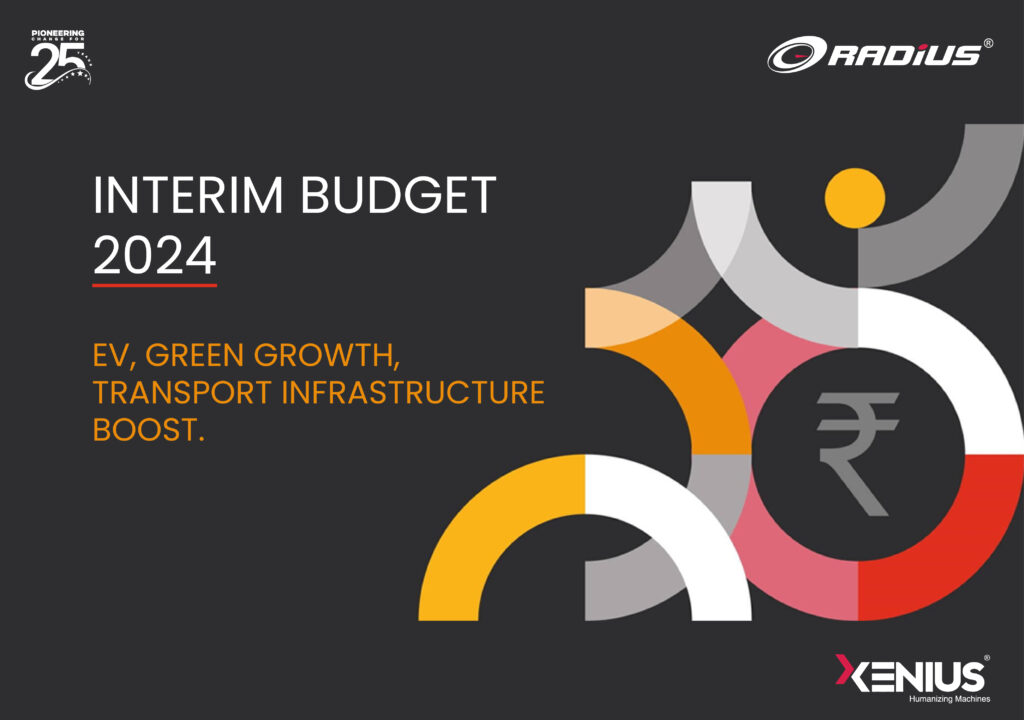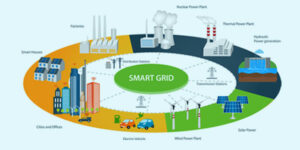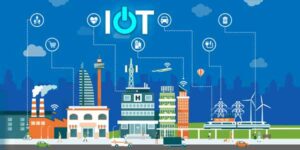As Finance Minister Nirmala Sitharaman unveiled the interim budget for the fiscal year 2024-25, the nation found itself at the precipice of transformative change. With a keen eye on nurturing holistic development, the budget sets forth a comprehensive roadmap encompassing welfare, infrastructure, innovation, and sustainable growth. This analytical exploration dissects the key highlights of the budget, shedding light on its implications for the economy, industries, and the everyday lives of citizens.
1. Vision for Inclusive Growth
Finance Minister Nirmala Sitharaman’s address underscored the government’s commitment to inclusive development. Focused on improving conditions for the marginalized, including the poor, women, youth, and farmers, the budget aims to achieve a more comprehensive GDP, emphasizing Governance, Development, and Performance.
2. Unprecedented Economic Growth
Sitharaman’s bold assertion that the next five years will witness unprecedented economic growth sets an optimistic tone. The government envisions India as a developed nation by 2047, and the budget lays the groundwork for these ambitions. The focus on infrastructure, tourism, logistics, and research innovation reflects a commitment to sustained and inclusive economic development.
3. Infrastructure Surge
A standout feature of the budget is the emphasis on infrastructure development. With a strategic eye on economic growth, the government plans to de-congest existing rail lines through commodity-specific economic rail corridors. This move is expected to enhance freight movement, reduce logistics costs, and boost competitiveness, particularly in the manufacturing sector.
4. Housing for All
Nirmala Sitharaman’s announcement regarding housing is a beacon of hope for the middle class. The plan to build 20 million affordable houses in the next five years aligns with the government’s commitment to empowering deserving sections of society to realize the dream of homeownership. This initiative, under the PM Awas Yojana, is a testament to the government’s dedication to socio-economic development.
5. Green Growth Initiatives
The budget places a strong emphasis on green growth, aligning with global environmental goals. The mandatory blending of compressed biogas into compressed natural gas for transport and piped natural gas is a significant step towards sustainable energy use. Viability gap funding for offshore wind energy, coal gasification, and liquefaction projects further demonstrate a commitment to a green and clean future.
6. Electric Vehicle Ecosystem
Recognizing the pivotal role of electric vehicles (EVs) in sustainable transportation, the budget outlines plans to expand and strengthen the EV ecosystem. Support for manufacturing, charging infrastructure, and encouragement for e-buses in public transport networks highlight the government’s commitment to reducing carbon emissions and promoting a cleaner mode of transportation.
7. Capital Expenditure Boost
Sitharaman’s announcement of an 11% increase in capital expenditure for the fiscal year 2024-25, amounting to ₹11.11 lakh crore or 3.4% of GDP, reflects a commitment to long-term economic growth. The focus on infrastructure, healthcare, and education is expected to have a multiplier effect on economic growth and employment generation.
8. Targeted Development Programs
The budget places a strong emphasis on targeted development programs, with initiatives like ‘housing for all,’ ‘har ghar jal,’ and increased minimum support prices for farmers. These measures aim to eliminate food insecurities for a significant portion of the population and support farmers, contributing to overall socio-economic empowerment.
9. Forward-Thinking Strategy
In addressing the shortage of public charging stations, the government’s strategy for the EV sector is forward-thinking. By incentivizing and expanding the electric vehicle ecosystem, the budget aims to transform India’s transportation landscape. This initiative addresses key barriers to EV and hybrid vehicle adoption, positioning electric vehicles as a viable and sustainable transport solution for the future.
10. Rail & Aviation Boost
Finance Minister Nirmala Sitharaman unveiled a transformative vision for the Indian rail and aviation sectors, focusing on safety, convenience, and enhanced comfort for passengers. A significant stride in rail infrastructure was announced, with plans to convert 40,000 normal rail bogies into Vande Bharat, aiming to elevate the overall travel experience. Additionally, key rail projects, such as Metro Rail and Namo Bharat, are set to expand to more cities, promising improved connectivity and efficiency.
Sitharaman’s comprehensive and forward-looking approach to rail and air transport underscores the government’s dedication to modernizing and expanding vital infrastructure. These initiatives not only promise a more seamless travel experience for passengers but also contribute to the overall economic development and connectivity of the nation.
***
Put simply, the interim budget for 2024-25 not only lays the foundation for economic growth but also reflects a commitment to inclusive development, sustainability, and innovation. The strategic allocation of resources, coupled with a focus on green initiatives and targeted welfare programs, positions India on a trajectory of transformative change. As the nation anticipates the unfolding of these ambitious plans, the interim budget serves as a roadmap for a promising future.
DISCLAIMER
Observations and options expressed in the article (except where specifically validated by market numbers and stats) belong to the contributing writer of the article, and are not necessarily indicative of the company’s position and stance in the matter.












